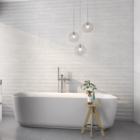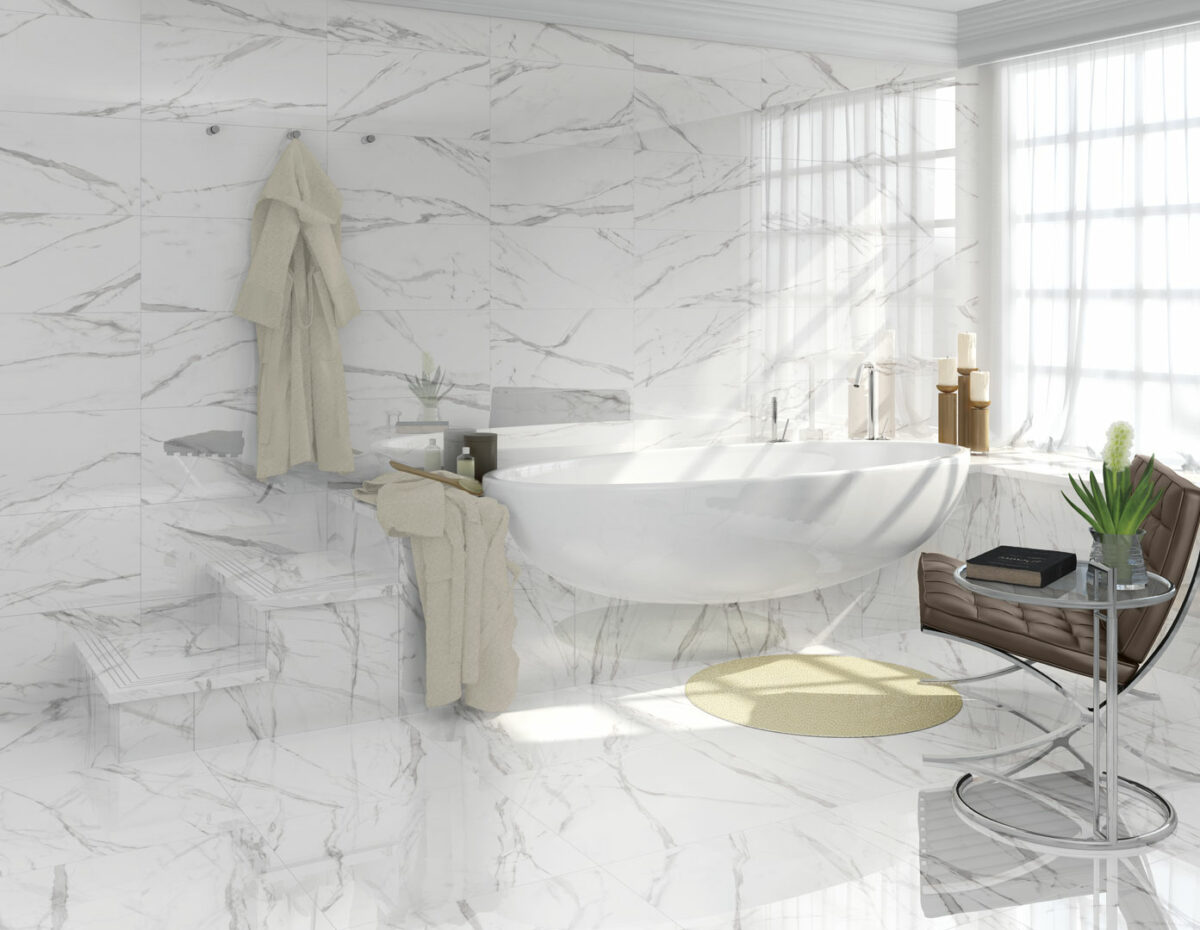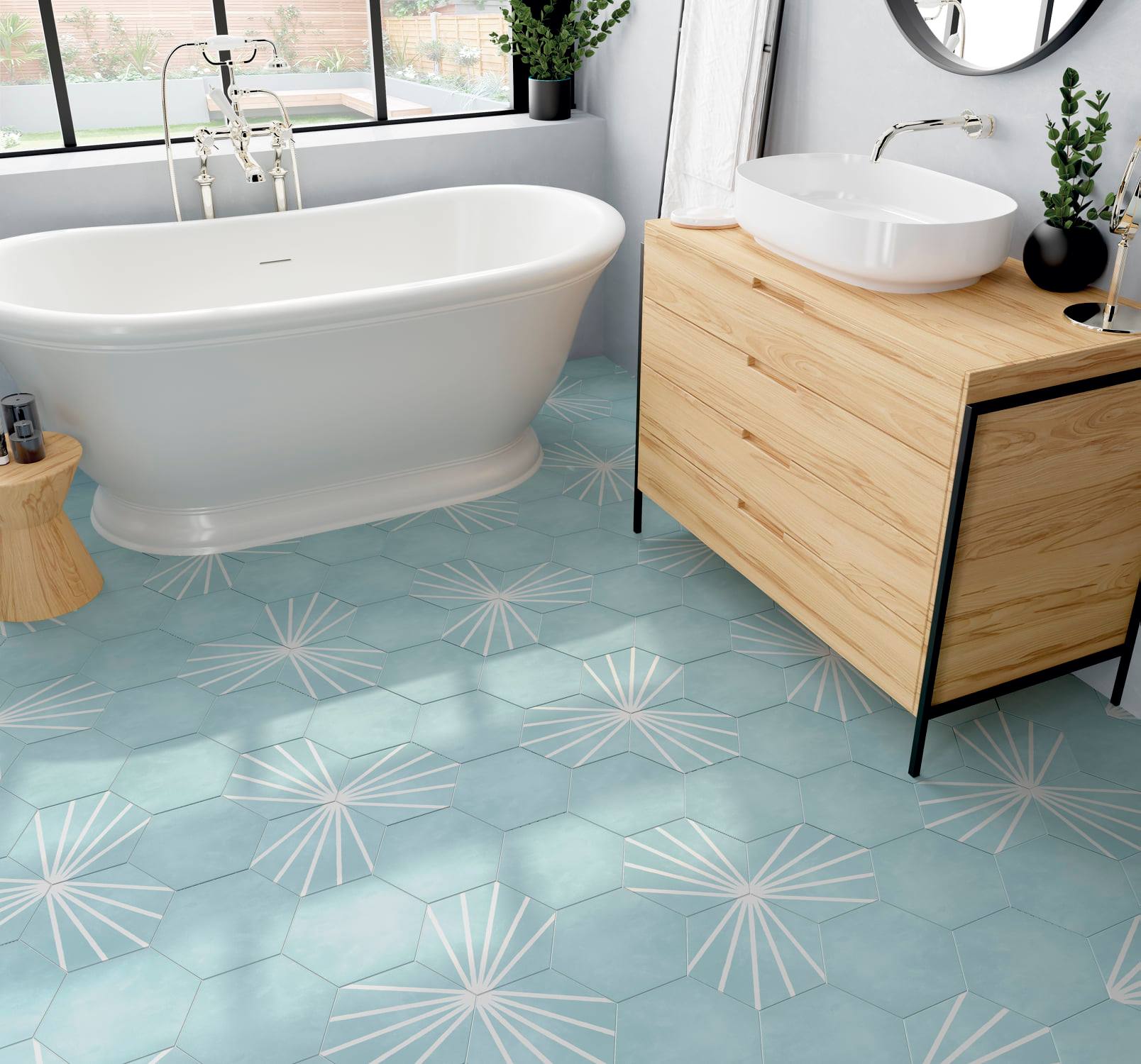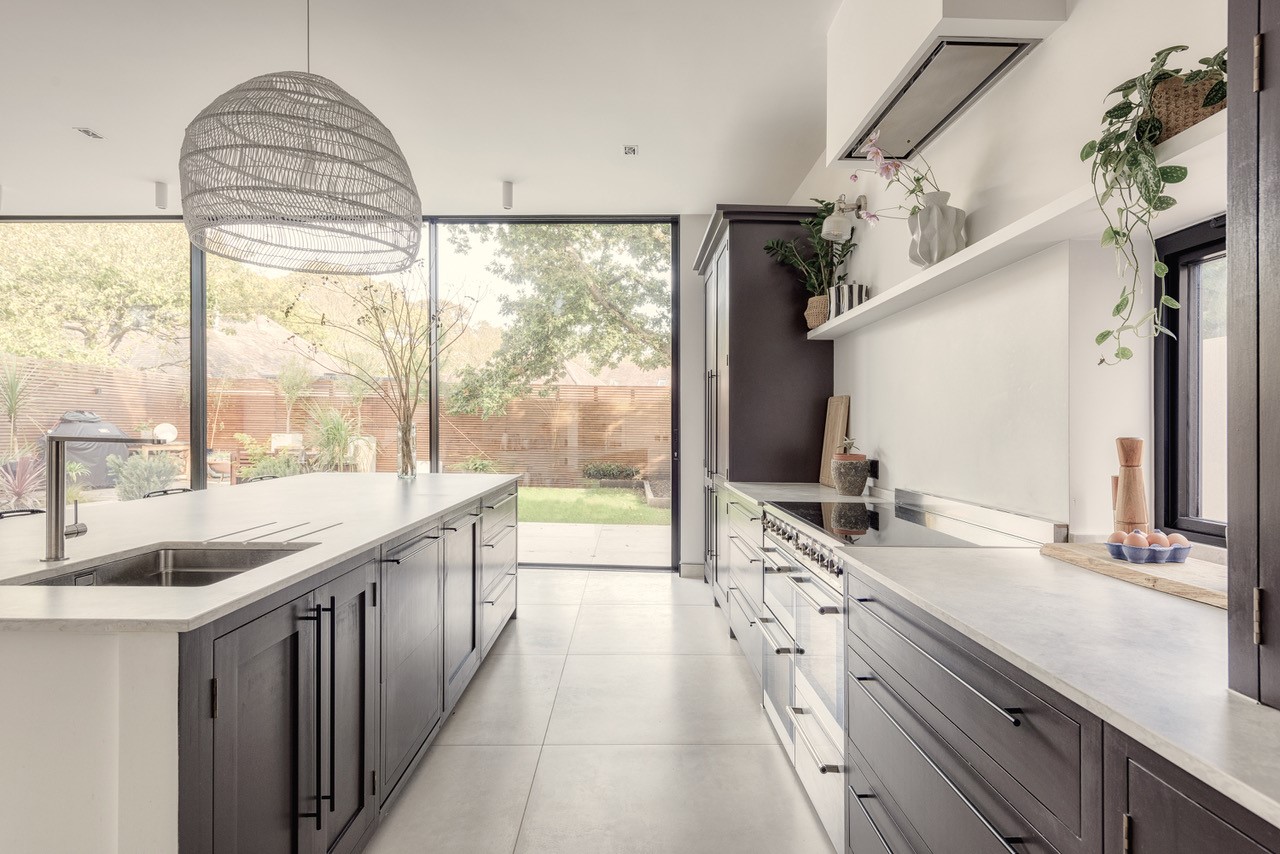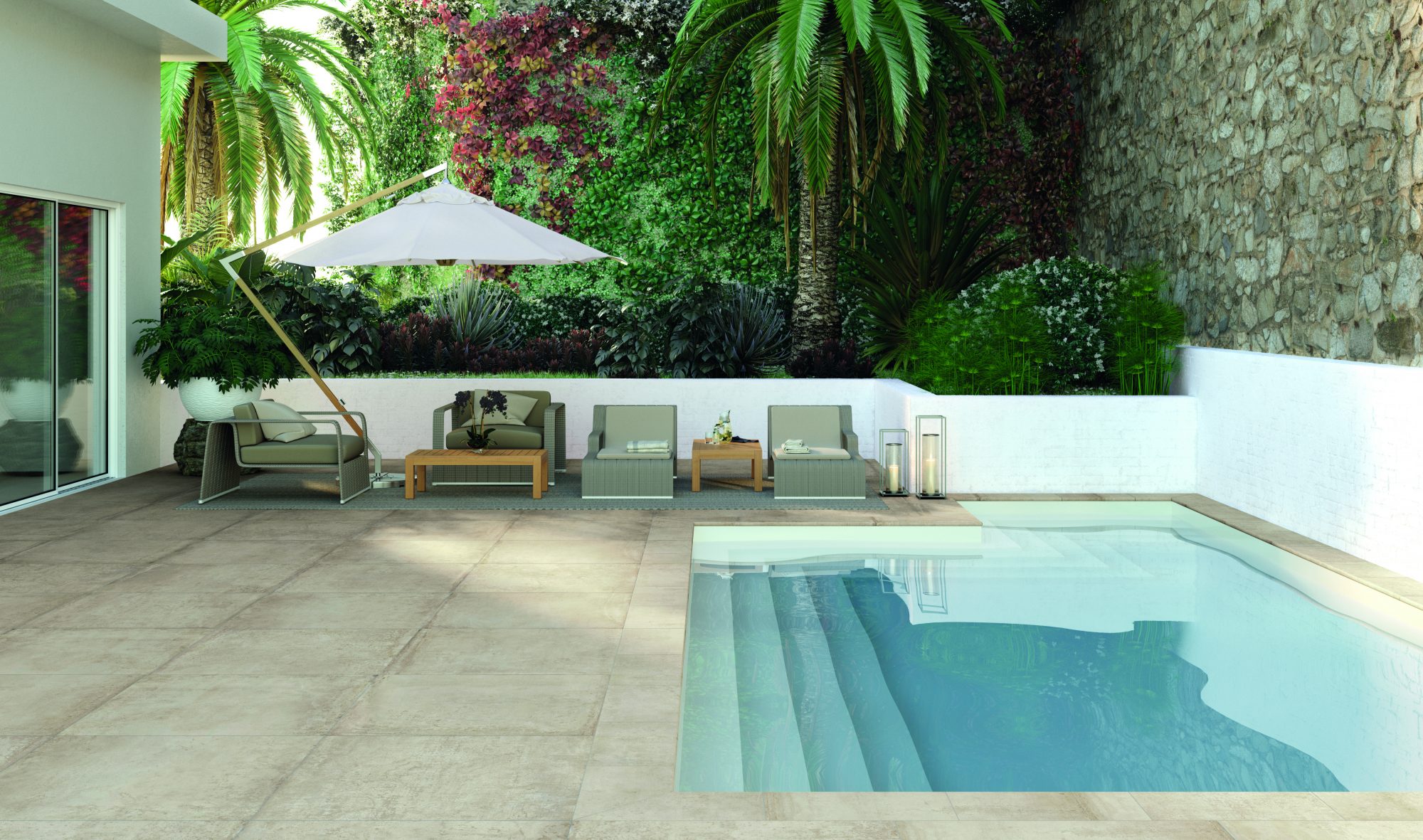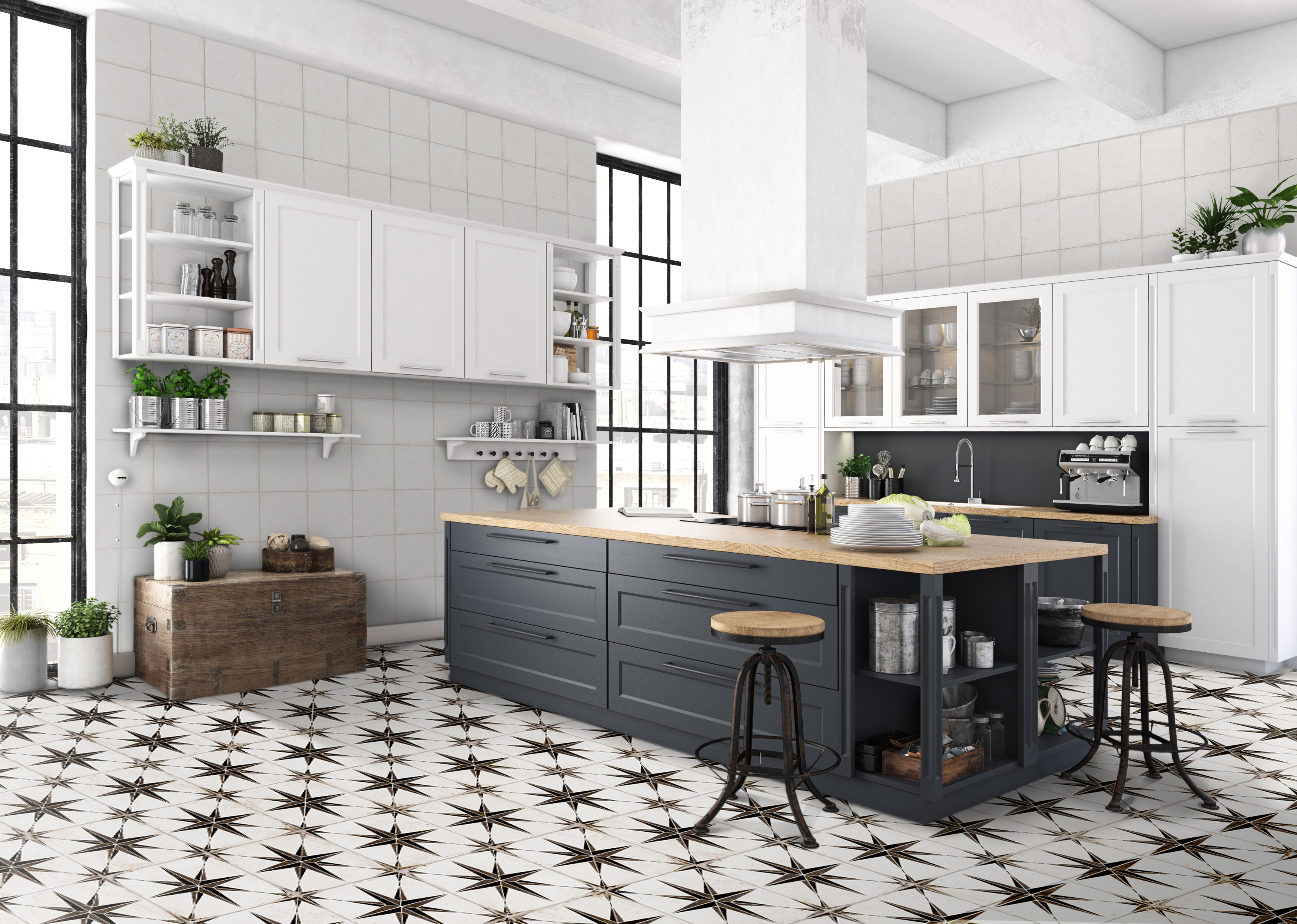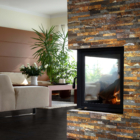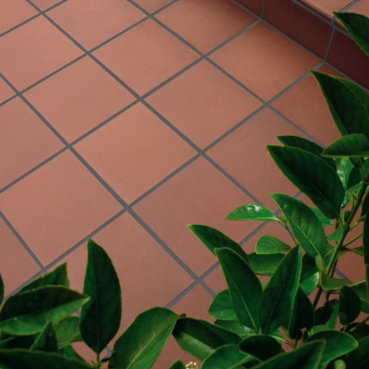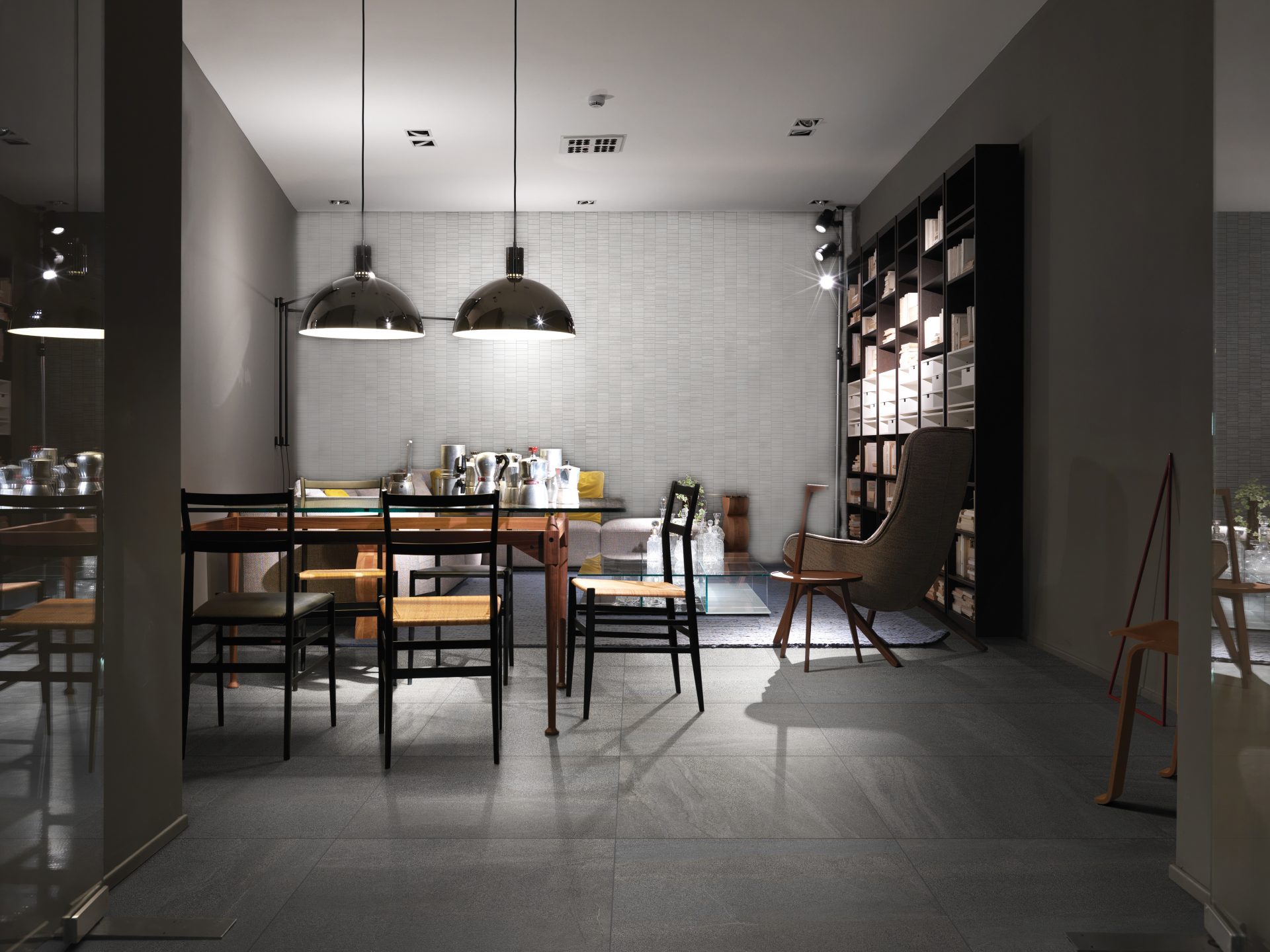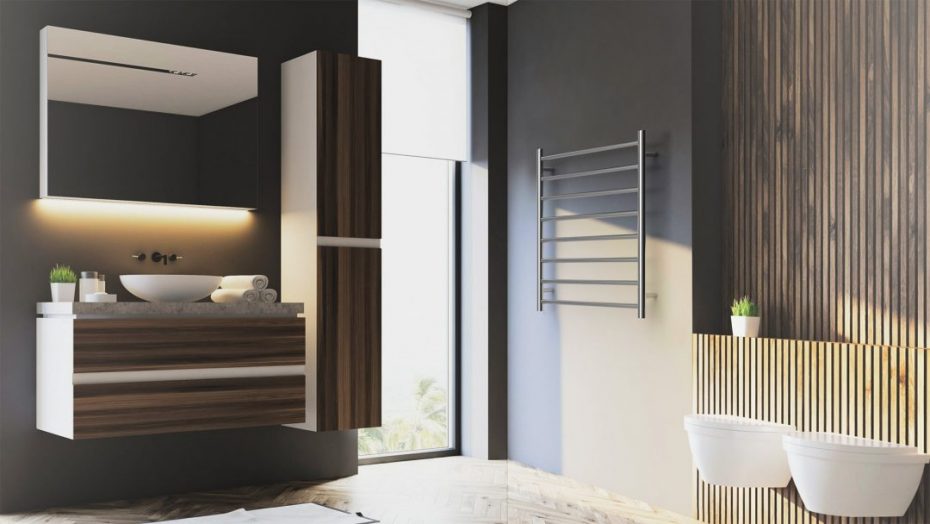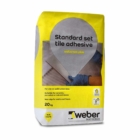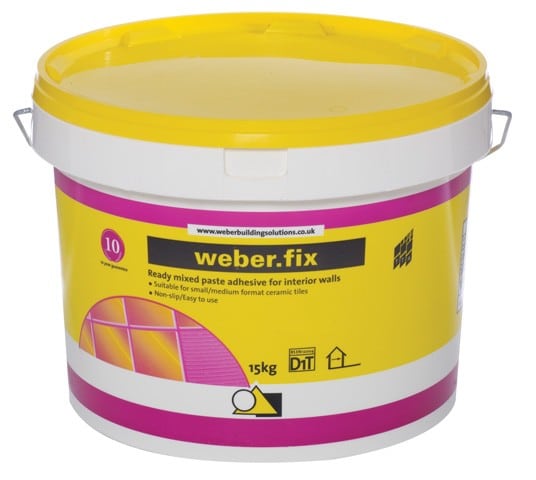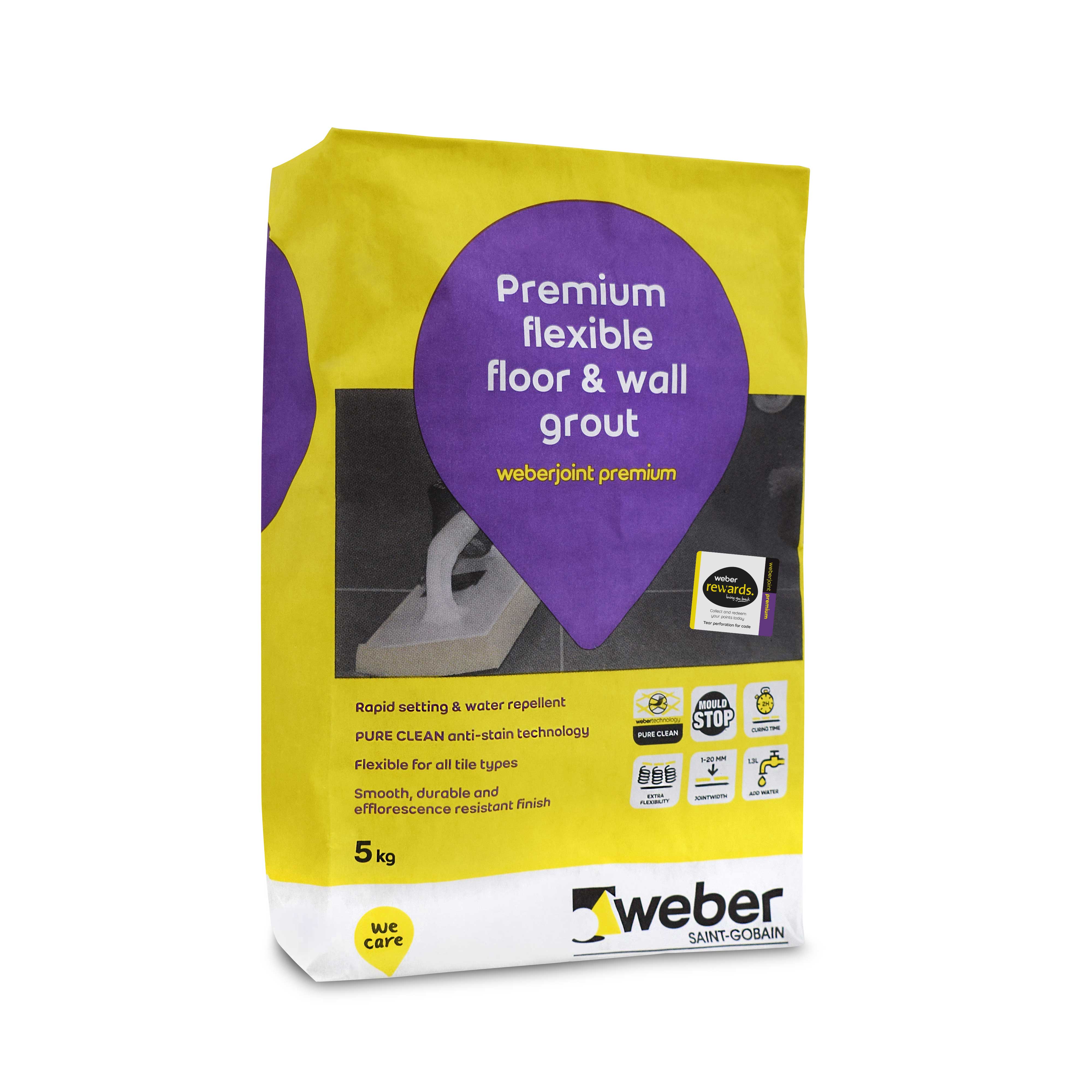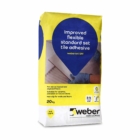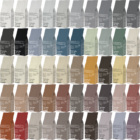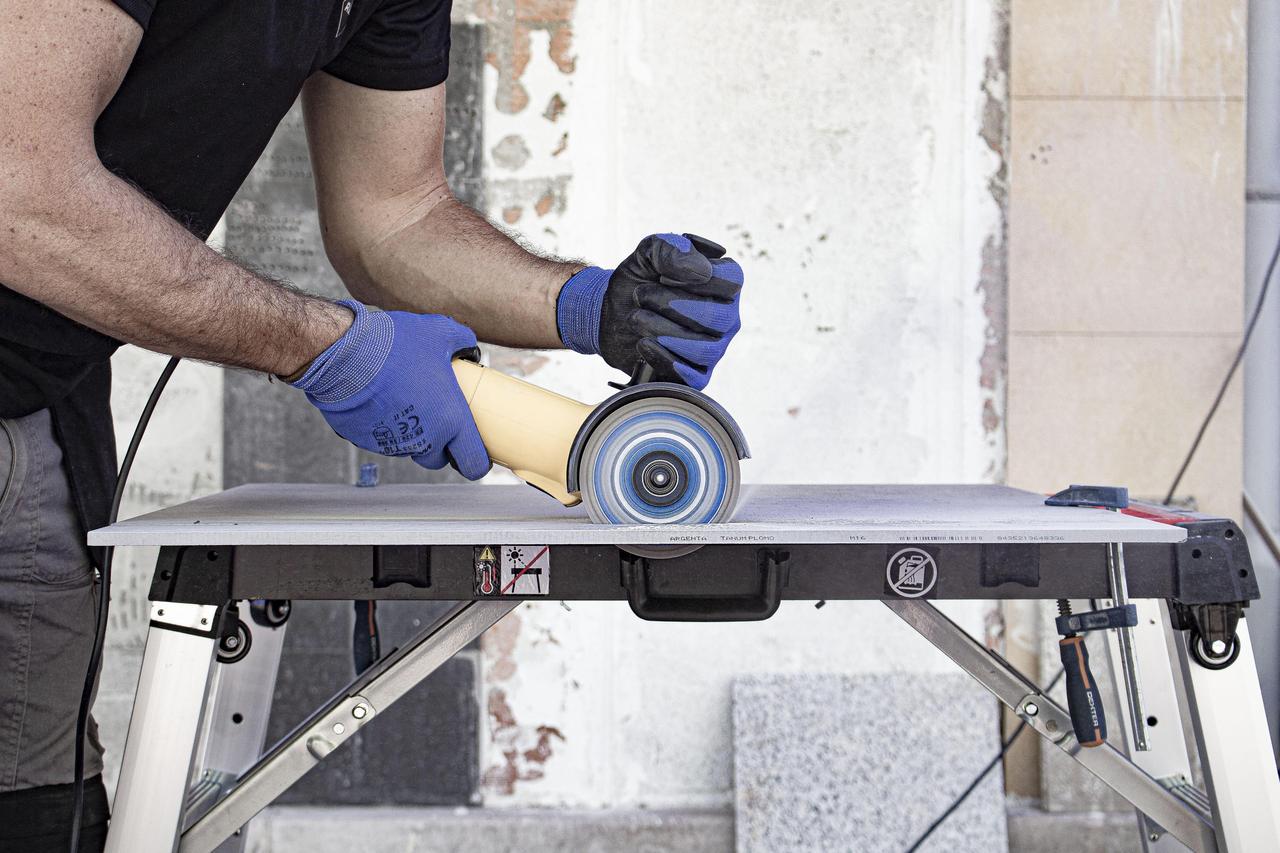The Lifecycle of an Interior Trend
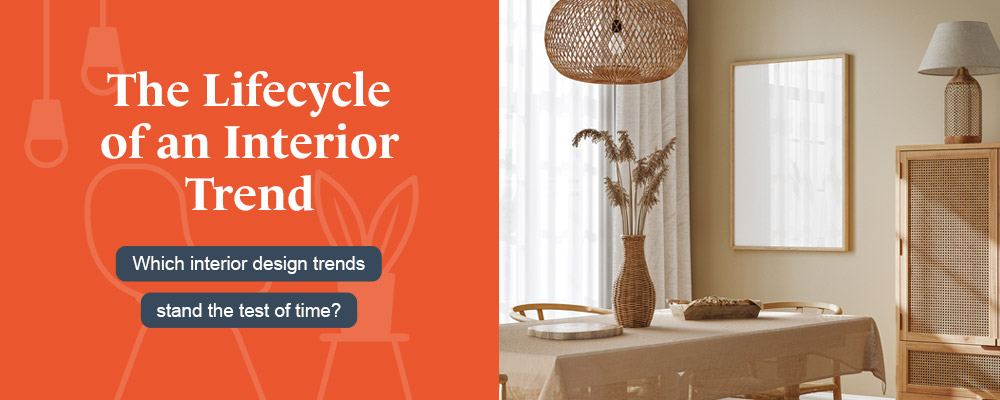
Which interior design trends stand the test of time?
We can all like to think of ourselves as something of an interior designer, carefully crafting our home aesthetic. We’re never lacking in home inspiration thanks to platforms like social media, but are we perhaps too influenced by the trends we see online that disappear as soon as they arrive?
Just like fast fashion, ‘fast interiors’ make way for fleeting trends that gain and lose popularity over a short period of time.
Using Google search data, we wanted to discover which trends have remained timeless, and which only had their five minutes of fame by charting how dramatically interest in each trend has fluctuated over the last four years to reveal the most consistent trends.
Most Timeless Trends
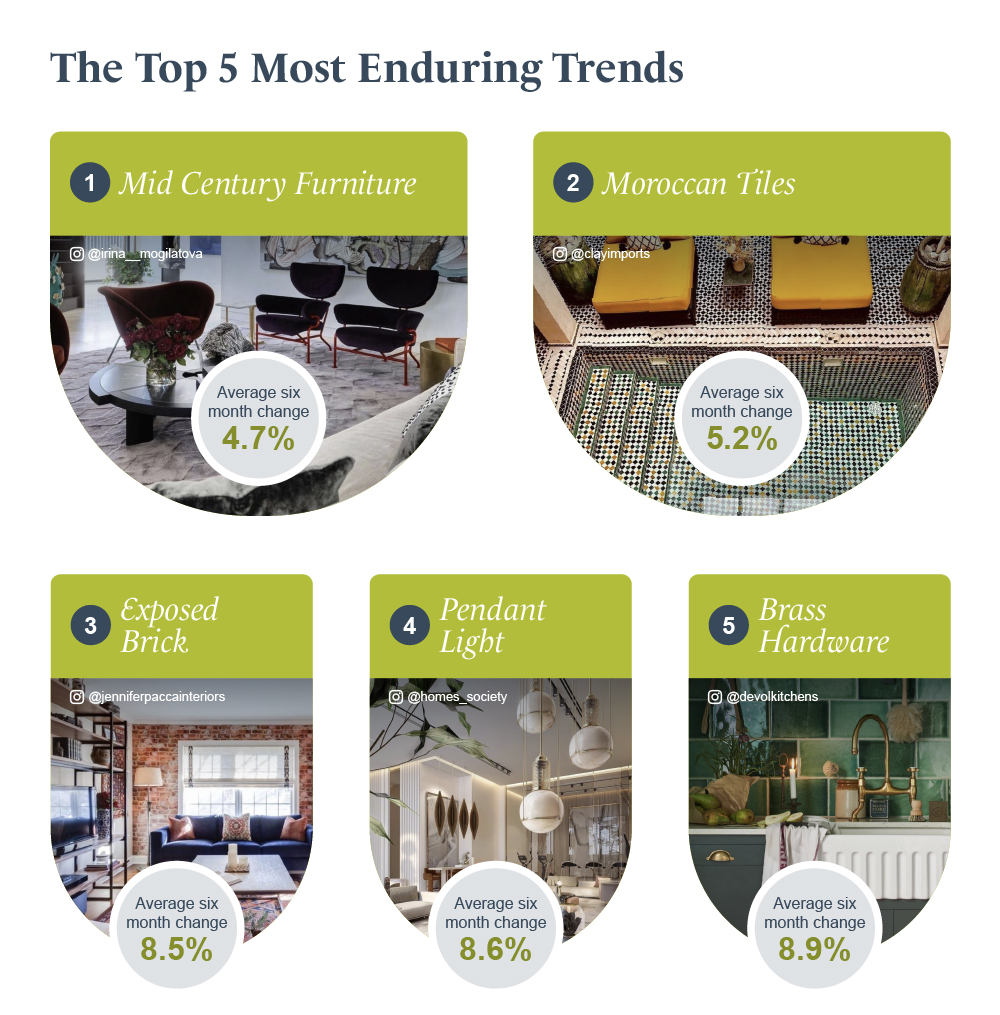
Mid Century Furniture
This style of furniture is characterised by slim silhouettes, straight lines and functionality.
The style became popular in the 1950s, was revitalised in the early 2000s and still remains popular today, as searches only varied by an average of 4.7% from 2017 to 2021. Thus proving that this style of furniture is truly timeless.
Moroccan Tiles
These warm coloured tiles are usually adorned with geometric patterns, shapes and floral designs. They can be used in a wide range of spaces, from hallway floors to kitchen backsplashes and fireplaces, as well as stair risers and wainscotting to lend a more exotic feel. Their versatility could be one of the reasons Moroccan tiles remain popular, with searches varying by only 5% over four years, suggesting it is one of the most enduring interior trends.
Exposed Brick
One of the more industrial-inspired interior design trends, exposed brick can add character, texture and dimension to a room without over-decorating the space. With only an 8.5% fluctuation in search volumes from 2017 to 2021, this trend still remains ever-popular through the years.
Pendant Light
Another nod to industrial-inspired trends, searches for pendant lighting only varied 8.6% over the last four years. They can be used in a wide variety of spaces to add warmth and character to a room. They come in a wide variety of shapes, colours, and materials from sculptural to minimalistic, allowing them to suit any space.
Brass Hardware
This style of hardware adds a touch of luxe and warmth to a room, and pairs well with neutral, cool and deep tones. With a wide variety of different finishes, from polished to satin and antique, this style of hardware appears to be a timeless trend, with searches only varying by 8.9% over the last four years.
Shortest lived trends
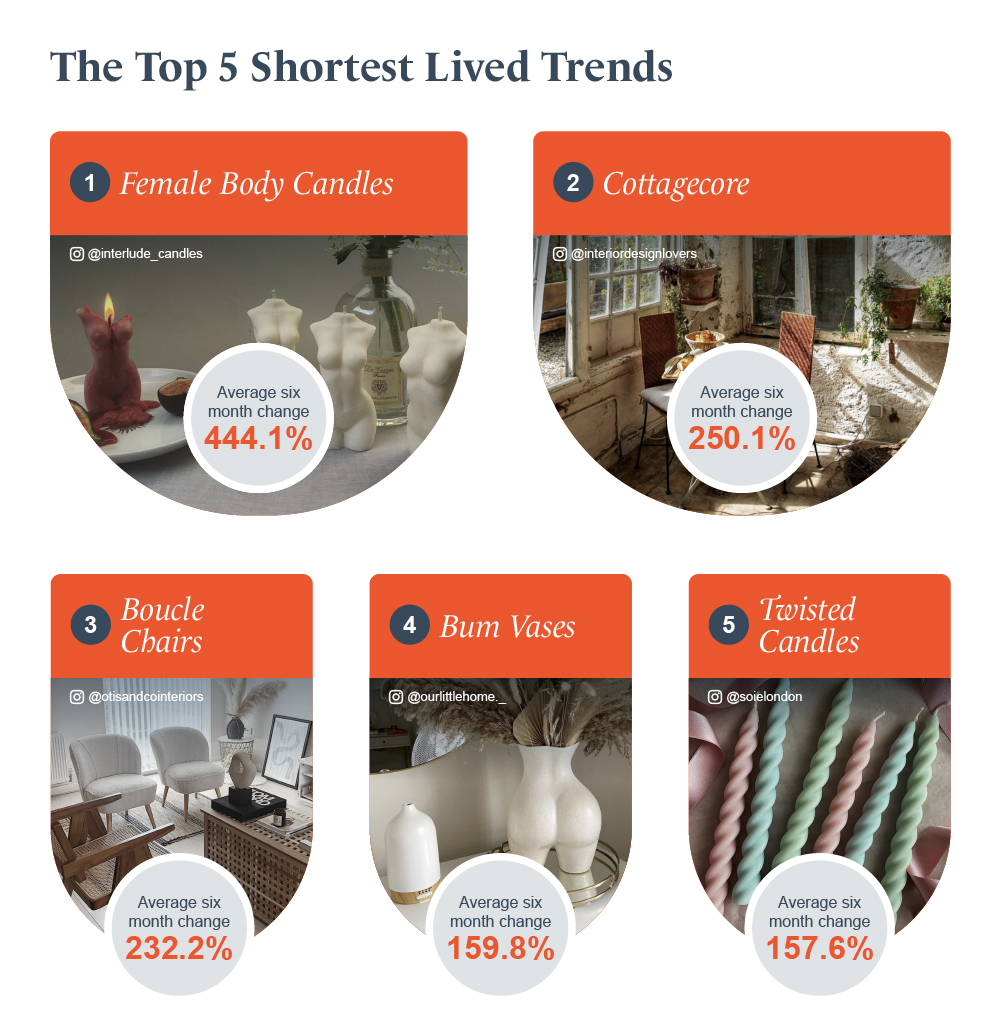
Female Body Candles
These candles skyrocketed in popularity through Instagram, emerging from the proliferation of body-positive messaging and the rising interest in home decor due to people spending more time at home. Despite a large peak between November 2020 and April 2021, searches then dramatically dropped by 79.2% in the following six months. Overall searches have fluctuated 444.1% so it looks like this trend may already be on its way out.
Cottagecore
This interior design trend embraces a busy cottage-style aesthetic, focusing on loud wallpaper, colourful mix match furniture and rustic touches. Popularised by Instagram and TikTok, it first appeared at the end of 2018 and reached its peak from November 2020 to April 2021, but has tailed off since. Searches have fluctuated by 250% from 2017 to October 2021 so its timeless nature is yet to be determined.
Boucle Chairs
This choice of upholstery surged in popularity from November 2020 to April 2021, reaching 45,800 searches at its peak. Known for its modern, chic look, this material has proved popular for a short while, but searches have varied by 232% on average from 2017 to 2021.
Bum Vases
These female-form vases also rose in popularity thanks to Instagram. This cheeky item of homeware rose to prominence as a take on the statement vase with a feminine touch. They reached their peak popularity of 8,420 searches between November and April 2021, which has already dropped 119% in the last six months. On average searches have varied by 160%.
Twisted Candles
Yet another trend that got its moment in the spotlight due to social media, twisted candles were a lockdown TikTok trend, with thousands of people looking for tutorials on how to recreate them. Searches for twisted candles were virtually nonexistent in between 2017 and 2019 but saw a huge increase in November 2020 to April 2021, before dropping again in the following six months.
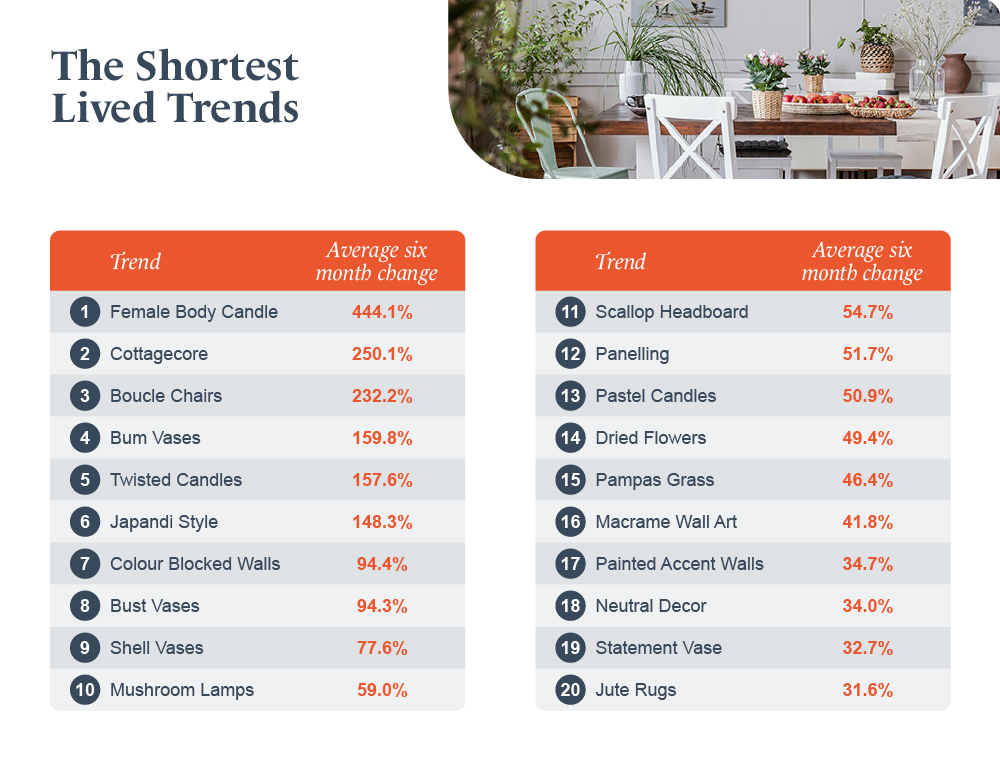
Fastest-disappearing trends
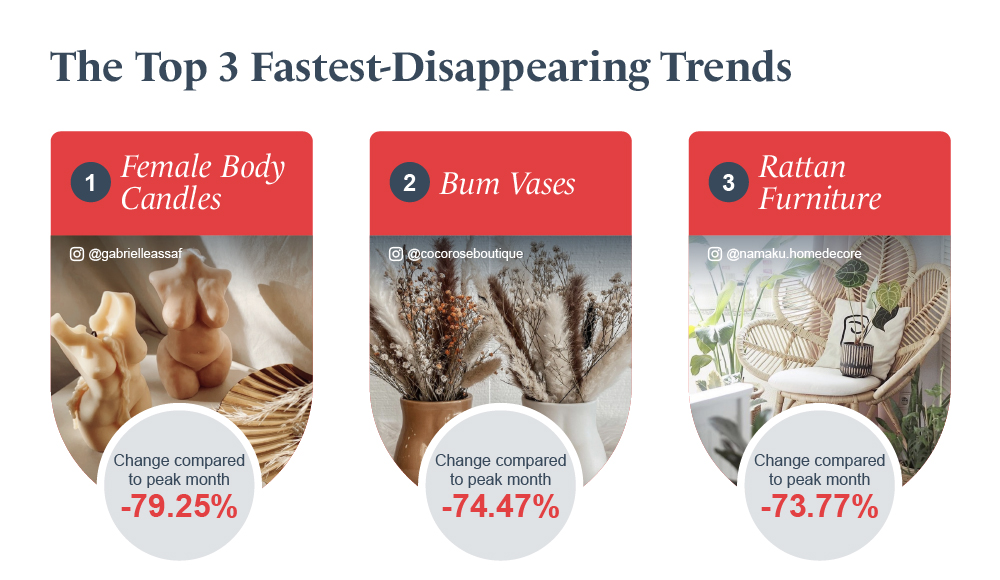
Next we looked at the trends that have seen the biggest drop-off in searches compared to their peaks.
Female body candle (-79.25%)
The trend that disappeared the quickest was the female body candle, which peaked in November 2020 to April 2021, with 15,900 searches, before plummeting by 79% in the following six months. The trend for these candles celebrating the female form got huge on Instagram toward the end of 2020, as much of the world remained in lockdown obsessing over how to spruce up their home, but interest has clearly waned in the months since.
Butt vases (-74.47%)
A very similar trend also saw interest peak toward the end of 2020, but butt vases, like female body candles, have also seemingly been forgotten in recent months, with searches dropping by 74.5% compared to their peak. Like with the body candles, butt vases took over our Instagram feeds around a year ago, but six months later, and interest had dropped by around three quarters.
Rattan furniture (-73.77%)
Rattan furniture saw its popularity peak between May and October 2020, having gradually grown over the years, but it then saw interest drop by a huge 74.8% twelve months on. As with many of the trends on our list, the rise in interest in rattan furniture can likely be partially attributed to the coronavirus lockdown, with interest levelling out in 2021.
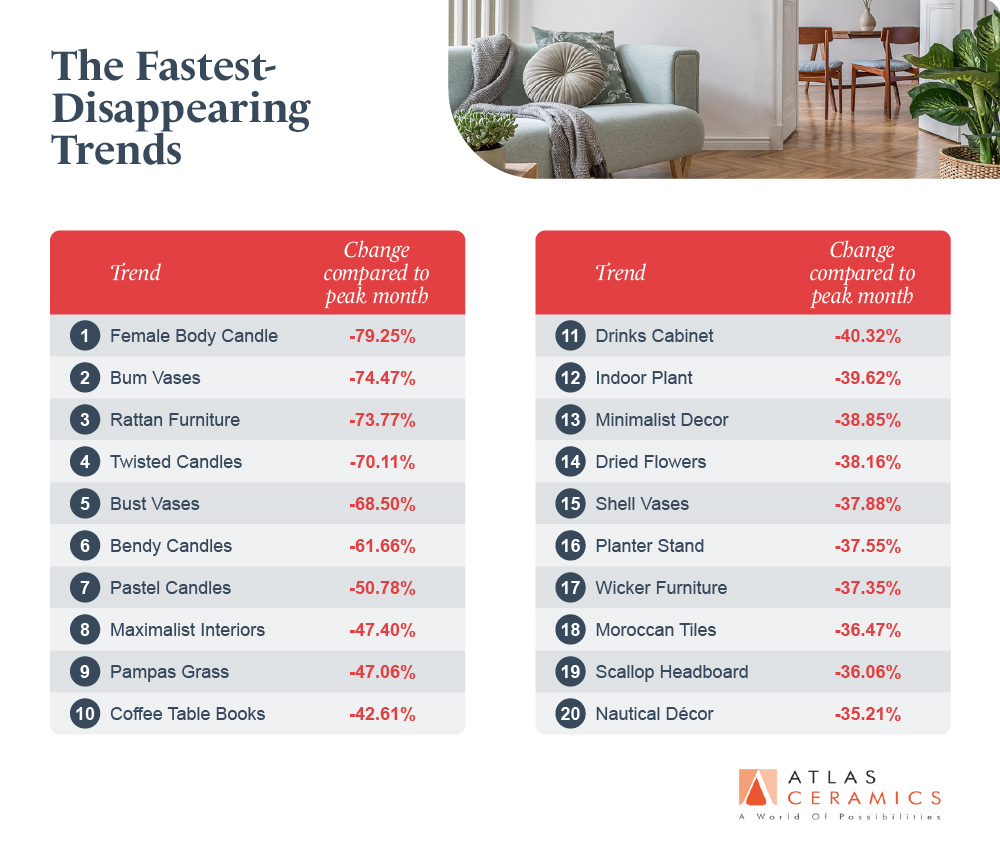
Methodology
We collated a list of interior trends that have been popular in the last four years (2017-21) from a number of online lists and articles from sites such as Country Living, Foyr, Stylist and more.
We then used Google Ads Keyword Planner to discover the number of times each trend had been searched for each month in the last four years (November 2017 – October 2021) in the UK.
We then calculated the number of searches in each six-month interval in this period, before calculating how the search volumes had changed between each six-month interval and taking an average of these changes, to show which trends had seen interest stay consistent the most and which had seen interest fluctuate the most.


